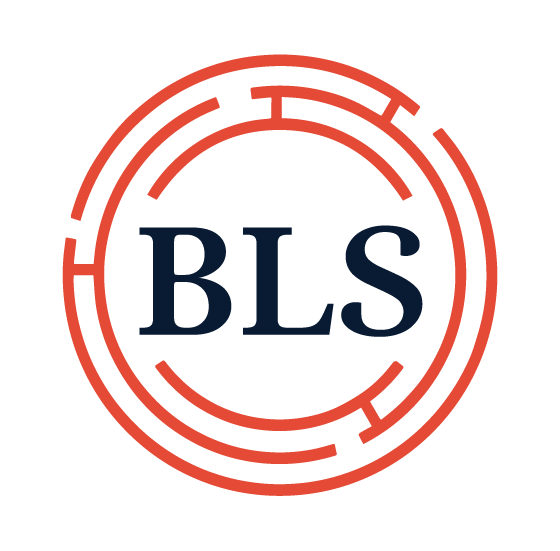Going beyond the conscious: non-traditional qual techniques
I recently attended the QRCA conference in Denver, where I listened to a host of excellent presentations from qualitative researchers. Of course, there was a ton of content on AI and how to use it in research. But what was really powerful for me was learning how other researchers are tapping into the unconscious minds of consumers, therefore producing deeper insights than what you get with traditional qual. Because much of the unconscious is unknown, it’s not yet part of the human intelligence from which AI draws upon. And even though the unconscious often goes unspoken, it drives behaviors, beliefs, and perceptions in powerful ways.
Some of the techniques I heard about at QRCA were ones I had learned long ago, but perhaps have forgotten as the state of the industry has changed over the years, now favoring “quick and dirty” research that involves shorter groups/interviews and more shallow, extractive types of questions. The conference reminded me what “good research” is, which is very different from “good enough research.”
Here are some techniques I’m excited to use more of in my qualitative research projects:
Mindfulness & somatic sensing—because so much of what we know lives in our body, helping respondents get in touch with what their bodies are feeling can help them make new mind/body connections of which they were previously unaware. This is a technique that borrows from psychotherapy and can be a powerful way to uncover insights that respondents could not otherwise articulate
Conducting qual outside of research facilities—respondents can feel intimidated at a research facility and therefore uncomfortable and guarded. Meeting respondents in their natural environment or even at a more relaxed, familiar location can do wonders in creating an environment where respondents feel psychologically safe, and therefore more open and authentic. One way to do this is with in-person intercepts, which also has the benefit of finding respondents who are not in facility databases
Using projective techniques—this means that instead of directly asking questions about a brand, organization, or candidate, the researcher asks more indirect questions that are intended to unlock more unconscious responses from participants. One common way of doing this are by including questions about brand personification. Here are a couple of examples:
Write a love or break-up letter to the brand/organization
If the brand were an animal, what would they be and why?
If the brand were at a cocktail party, what kind of person would they be?
Write a song about your experience with the brand/product/organization
Picture prompt- find a picture that illustrates your biggest pain point with this product/brand/organization
Write the brand’s obituary—what will be missed? Who will replace the brand?
I’m pumped to start incorporating some of these techniques in upcoming projects. If you’re interested in talking more about doing this kind of research for your brand or organization, get in touch!
